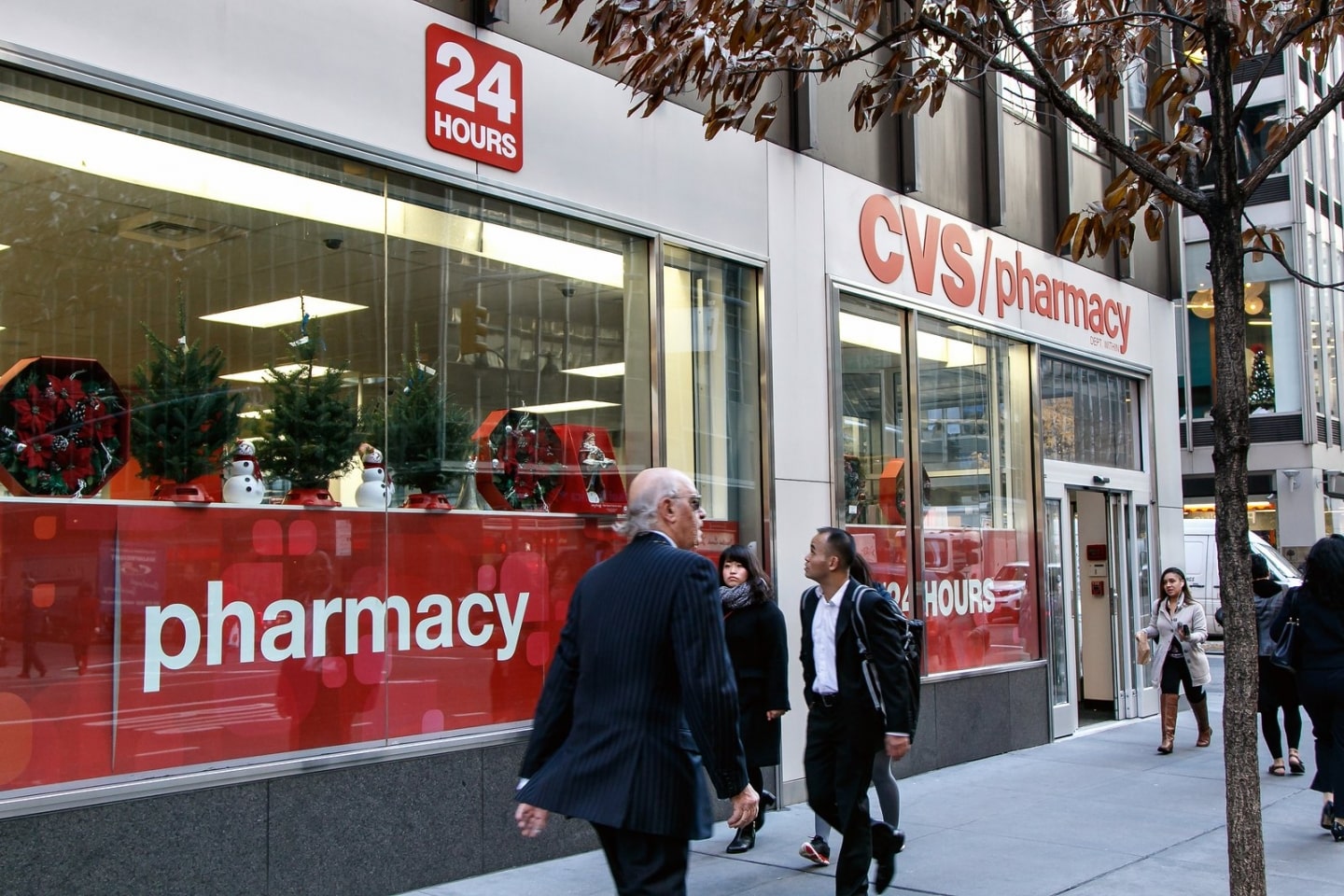Article
Loyalty, Loyalty, Loyalty: While CVS Leverages Personalization, Other Programs Disappoint
July 24, 2017

CVS counts more than one in four households as customers nationwide, and is getting serious about using that foothold to recapture sales that have moved online. This week we’ll take a close look at their strategy, then show how publishers can learn from the advanced analytics that are usually the domain of retailers. We’ll also see how declining growth in loyalty programs can be remedied through greater personalization.
Personalization Drives CVS Loyalty Program
CVS’s loyalty program, ExtraCare, counts more than 80 million people – or more than one in four households nationwide – as active members. Still, like many retailers, CVS’ same store sales have suffered as customers move their commodity purchases online.
Now, says DMNews, CVS is using personalized communications with ExtraCare members to target its top 30% of customers, who account for 75% of its margins, to recapture sales. In the most recent quarter, CVS has seen signs that its strategy is working: “[S]tore gross margin once again improved nicely in the quarter versus last year, which speaks to the success we’ve had with our personalization and promotional strategies,” said CVS CEO Larry J. Merlo in the company’s most recent earnings call, according to Yahoo Finance.
Here are some of the tactics CVS is using to get the most from ExtraCare, says Michele Driscoll, the company’s vice president of loyalty and personalization:
- Targeting based on purchases. Hair color is a routine purchase, so when a customer buys hair dye, CVS sends an email offer for a follow-up purchase. The company combines other data with purchase data to personalize offers. Customers who have purchased allergy medications, for example, might be targeted with offers when local pollen counts rise.
- Offers for lookalike products. Consumers tend to switch brands for products such as skincare, and those that have affinity for a product from one brand will have an affinity for the same product from another brand, according to Driscoll. With this in mind, when a consumer purchases a certain skincare products from one brand, CVS sends discounts for similar products from other brands.
- Offers with ExtraBucks. CVS sends ExtraBucks (ExtraCare points) discounts targeting product categories from which a customer makes frequent purchases, such as vitamins or personal care.
Loyalty Program Growth Contracts As Consumers Expect More Than Transactional Relationships
A new study of loyalty programs from Colloquy reveals that the growth of consumer participation in loyalty programs is slowing. While loyalty membership is up, it only grew 15% in 2016, compared to 26% in 2014. The report surveys 2,200 North American consumers about their participation in and sentiments about loyalty programs in retail, travel, financial services and so-called emerging segments, such as online only programs and entertainment.
The slower growth is impacted by some heavy customer churn numbers. Some 28% of those surveyed said they’d abandoned programs without ever redeeming a point or a mile.
While brands would like believe their loyalty programs are creating an emotional connection with their customers, more often than not, their loyalty programs foster merely transactional relationships. Some 59% of those surveyed said they ignore irrelevant communications, which points to the value of personalization.
Today’s consumers expect much more than simple points-based programs. They expect to be understood as individuals and receive personalized offers and communications, something successful loyalty programs are doing. Personalization is the way consumers expect to be engaged.
The True Meaning of Publishing Analytics: Connecting With Your Customer, The Reader
Retailers never lose sight of their customers. They continually review data about their behaviors, which is a strategy that digital media would do well to imitate. In a challenging environment for online ads, traffic information needs to influence editorial choices, not just help advertisers better target.
Today’s editorial teams need to learn how to wrap their heads around analytics to create more value from their content, reports Publishing Executive. For example, a story from an engineering publication that reaches a large audience with 70% non-engineers may not be as valuable as a story that reaches a smaller audience that is 80 percent engineers.
With reader engagement as the new publishing currency, lifting the hood on analytics to see the reader behind the numbers is one way that digital media can increase their profit. To uncover more about reader identity, editorial groups can look at the lead generation tools used by ad teams; newsletter tools that include data on readers; clickstream data that reveal reader preferences and behaviors, and domain reports that include URLs that might reveal something about reader identity.
Bottom line: Just like a buyer is more valuable than a shopper, a few engaged readers are more valuable than countless fly bys.
The State of Brand Loyalty in the U.S. in 2023
Related



